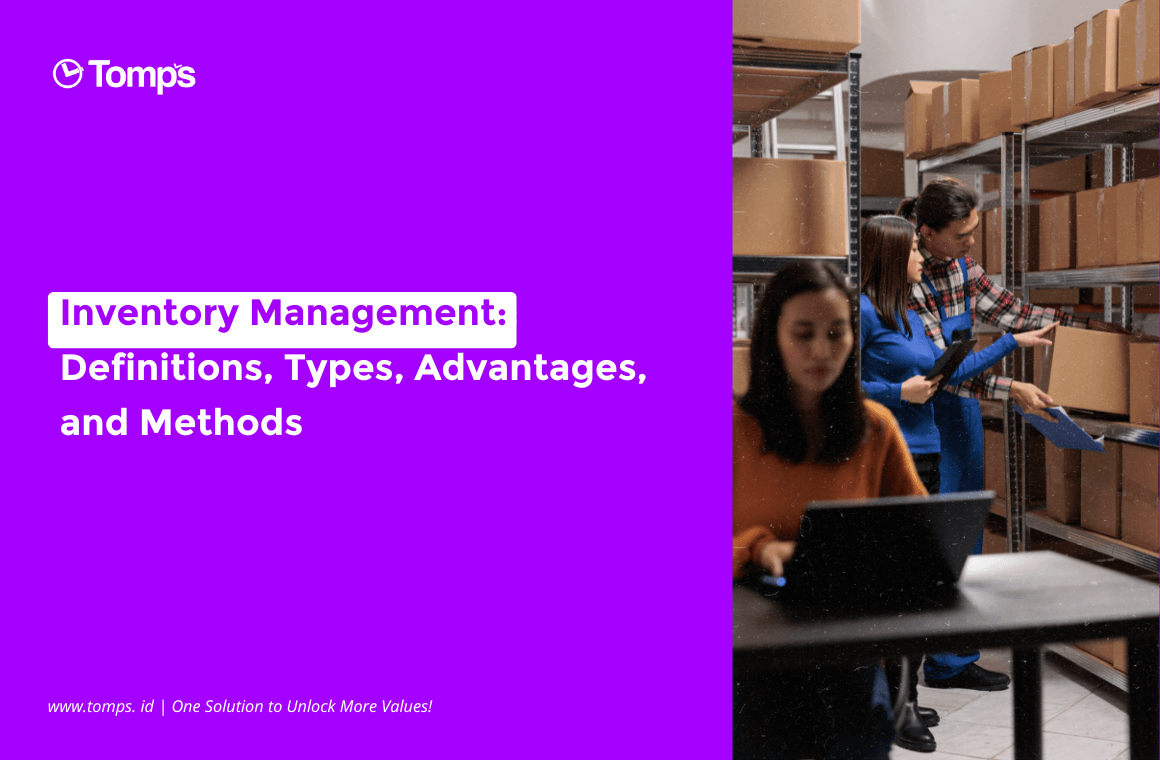Corporate Asset Management
Assets are one of the crucial elements in the sustainability of a company. In its function, assets will be very directly related to operational efficiency, minimizing the costs required, and increasing the overall asset value. The importance of assets for a company makes the management of company assets a matter that needs attention. The existence of good management and continuous monitoring can make the overall business operations of a company run well.
Wahyuni and Khoirudin mentioned in the book Introduction to Asset Management that assets are everything that has economic value and can be owned by individuals, companies, and governments that can be valued financially.
Asset management includes many things. Among them are the process of planning, designing, organizing, using, maintaining, and eliminating, including asset supervision. Asset management seeks to continuously optimize the use of assets in order to provide benefits in service delivery and financial returns. Thus, good asset management is how management can help minimize costs, maximize asset availability as well as utilization for an organization or company.
Reporting from a journal entitled Identification of Asset Management and Financial Performance on Market Value in Property Companies Listed on the Indonesia Stock Exchange written by Batubara, corporate asset management is a combination of management, finance, economics, and work practices applied to physical assets that aim to provide excellent service levels at the most efficient cost.
Asset management is needed to analyze and optimize various sources of income and a more efficient service system. Ultimately, the end result is reduced costs and optimization towards profit orientation and attracting investors.
Corporate Asset Management Objectives
According to the journal Obstacles to Comprehensive Real Estate Asset Management by Read and Anderson, the objectives of asset management can be divided into three. First, namely ownership and efficiency of use. Asset utilization can increase when management is carried out properly in accordance with established company regulations.
The second goal to be achieved is to maintain the potential and economic value of a company. Assets that are well maintained and managed will keep the economic value and investment maintained. The third is how asset management must achieve the goal of objectivity in monitoring and regulating the distribution, use, and transfer of control over who can use it. This third goal can be achieved with the help of monitoring.
The Importance of Corporate Asset Management
Asset management is important because it can help a company clearly understand the type and condition of its assets. When a company knows the current condition of its assets, the use of assets can be optimized, thereby achieving efficient use of resources.
Well-known asset conditions also make a company more cost-effective. Timely maintenance and repairs can avoid excess costs or additional costs that can be caused when an asset needs to be replaced, thus extending the life of the asset. Well-managed assets will make assets function optimally to support the productivity of workers in a company.
Effective management can help in identifying and managing risks related to company assets owned. This risk management is expected to help a company avoid greater financial losses. A company can increase the value of its assets by maximizing the use and maintenance so that its assets are always in the best condition. Ultimately, asset management can support a company in maximizing value and supporting sustainable business, as explained in the following Tomps article.
Digital Helps Enterprise Asset Management
The digital era brings changes in almost every aspect of life including how companies run company operations, including asset management in it. Asset management that previously could only rely on conventional methods can now be more efficient when technology and digital are involved in it. The utilization of technology in asset management can make asset management more measurable and can be monitored in real-time more easily.
An example is how the Internet of Things (IoT) can also support company asset management. Like how machines, equipment, and vehicles equipped with sensors can collect data. Existing data can provide information for companies to help identify potential problems so that assets can be used more efficiently.
Various software applications that present various features for end-to-end asset management. The use of this application can also help facilitate companies in making data-based decisions. Corporate asset management in the digital era is not just about how to maintain assets. The use of technology is important for every company to achieve efficiency. Thus, the involvement of technology in asset management is a must for companies that want to have a sustainable business.
Corporate Asset Management with Tomps Asset
Effective management of company assets allows businesses and companies to continue to compete and be sustainable. Tomps is a web-based and mobile management system designed to provide convenience in planning, controlling, and monitoring in real-time to help individuals, organizations, and companies.
This convenience makes operational management and all activities carried out more effective. Using Tomps Asset will make checking, controlling, and transferring assets can be done in real-time. Not only that, companies will also get information in the form of visual maps related to assets. Asset management and the entire asset management process can be done effectively and efficiently. Users also do not need to worry about storing information related to the assets needed.
With various features available, Tomps Asset is committed to providing quality physical asset monitoring services, legal aspects, and inventory. Learn more about Tomps Asset at tomps.id and try the demo to experience the convenience of Tomps now!
Reference
Wahyuni, S., dan Khoirudin, R. 2020. Pengantar Manajemen Aset. Makassar: Nas Media Pustaka.
https://eprints.uad.ac.id/37758/1/doc_3011220901_83.pdf
Batubara, S. M. 2017. Manajemen Aset dan Kinerja Keuangan Terhadap Nilai Pasar pada Perusahaan Properti yang Terdaftar di Bursa Efek Indonesia. Jurnal Manajemen MOTIVASI. 13(1): 807-814.
https://openjurnal.unmuhpnk.ac.id/jm_motivasi/article/view/540/pdf_1
Read, D. C., and Sanderson, D. C. 2020. Obstacles to comprehensive real estate asset management. Journal of Financial Management of Property and Construction. Journal of Financial Management of Property and Construction. 26(1): 49-62.
(PDF) Obstacles to Comprehensive Real Estate Asset Management (researchgate.net)







